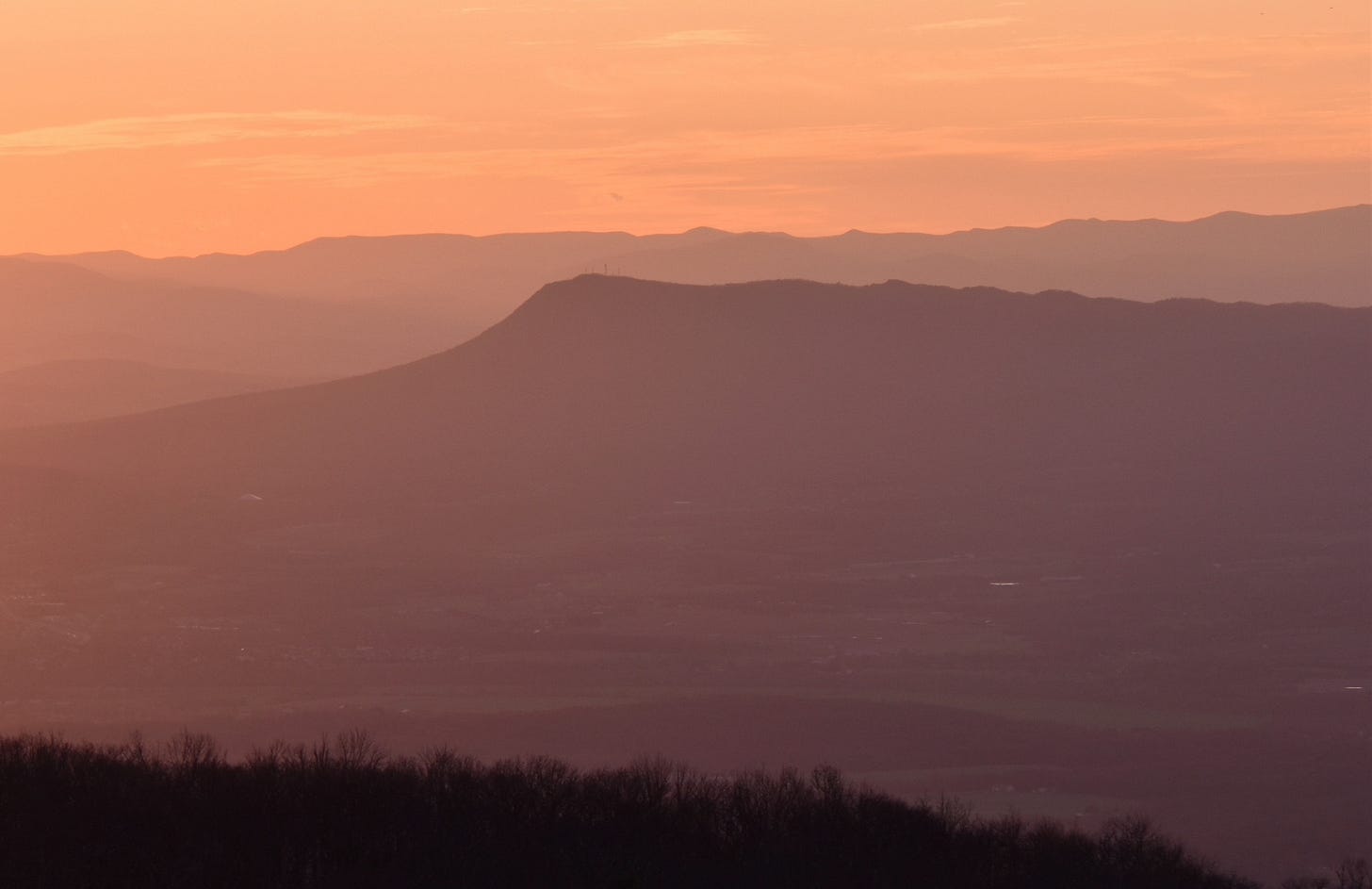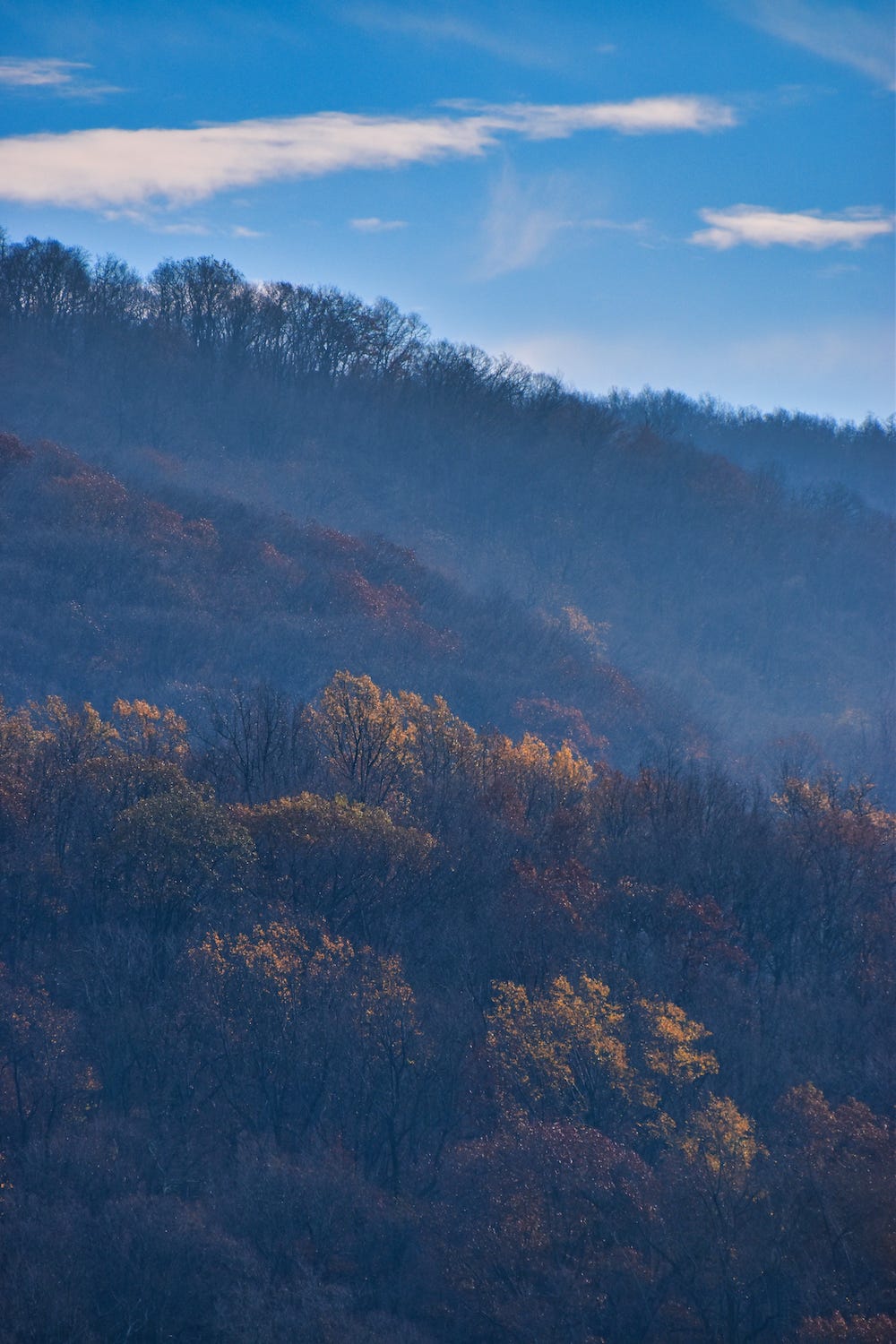Why Forest Bathing Should Not Be Limited to the Privileged
Spending time in greenspaces is a luxury many don't have, but studies are showing it may be as necessary as breathing in a pandemic world.
(Note: I’m writing a book on the human obsession with travel and the following is based on it.)
The TL;DR
Since the 1980s, Japanese scientists have measured the human body’s response to the outdoors and every time the story is one of improved health.
One in three Americans don’t have a 10-minute walk to a park.
Parks in communities of color are, on average, about half as big as parks in white neighborhoods and serve five times as many people.
I’m a stranded travel writer. If you’re like me, then you probably stayed close to home in 2020, playing it safe, hoping to turn lemons into staycations, and fighting off depression. That fight for me involved a lot of forest bathing.
Forest bathing isn’t about bathing or showering in the outdoors—though I do highly recommend it. Forest bathing is about spending time in nature, where the health benefits are proving to be wide-ranging, which is clearly helpful during a pandemic. Unfortunately, that access to nature is still a thing of privilege.
After the November election, I had my first real chance at leaving Ohio for work. I road-tripped to cover Wilmington, Delaware (as a travel destination) for The Daily Beast. Short version: it’s totally worth your time.
Since I was already on the road, I took a detour on the way home to Shenandoah National Park, where I spent a day solo hiking various short trails and soaking in the forest scents and sounds. The morning started in the fog on a trail loop that connected to the AT for a short while. I hiked to a summit, ventured down to a waterfall, and found a prime ledge for a sunset.
It was magical.
What is Forest Bathing?
It’s hard for me to quantify the effects of being outdoors. What I know is that I always feel less stressed and more connected to the world—nature is my cathedral. And yet, my not quantifying that experience doesn’t mean someone hasn’t. It turns out that the benefits of being outdoors is actually very quantifiable.
And that shouldn’t surprise us.
“Because we have already spent more than 99.99% of our evolutionary history in natural environments," writes Yoshifumi Miyazaki of Chiba University, "it is thought that we are essentially adaptive to nature. However, we live in a society characterized by urbanization and artificiality, despite our physiological functions still being adapted to nature.”
Miyazaki is the leading voice in forest bathing, which in Japan is called shinrin-yoku. It is the idea that our physical and mental wellness can be found by immersing ourselves in nature. Nature, as Miyazaki sees it, is our rightful place—and he’s got the receipts to prove it.
In one landmark study, Miyazaki’s team looked at the impact of a natural environment on 420 study participants at over 30 forests in Japan. In contrast to an urban control group, the study found a “12.4% decrease in cortisol level, 7.0% decrease in sympathetic nervous activity, 1.4% decrease in systolic blood pressure, and 5.8% decrease in heart rate.”
Since the 1980s, Japanese scientists have measured the human body’s response to the outdoors and every time the story seems to paint a similar picture.
One study of 155 Japanese participants, for example, of which 37% had “depressive tendencies”—showed “significant” decreases in systolic and diastolic blood pressure, along with better mood states for those that engaged in forest bathing at Japan’s Hiroshima Prefecture. The study suggested that approximately two hours of forest bathing in a day can improve physical and psychological health. (Two hours is a common marker for seeing these results.)
Other studies are showing that trees release phytoncides into the air, a chemical that is antimicrobial, fungicidal, and helps them defend against insects. It also helps humans raise our natural killer immune cells (NK cells), which are a type of white blood cell that can help in fighting viruses.
During a global pandemic, that seems helpful.
There is a Drought of Parks
While my experience outdoors is anecdotal, I know how I feel afterwards. I drift away, feeling lighter on my feet, and not plagued by, well, the actual plague. My anxieties disappear, at least for a short while. It even feels like I had a much needed nap.
That there are tangible or demonstrable benefits from getting out into nature is one thing, but saying “get out into nature” is another that is easier said than done. I live near the robust and award winning, Metroparks Toledo, and I can easily walk to nature preserves and cycle along trails—every single day.
But my situation is more of a luxury than a norm for most people. The Trust for Public Lands (TPL) says that a 10-minute walk to a park is what people should have, but which one in three Americans don’t.
During a public health crisis, as we all need our own local parks to be our travel outlets, it only deepens the negative impact of a virus like COVID-19—a disease that already disproportionally affects people of color—when those parks are not available.
The outdoors and personal health are partners that we can’t take for granted and having access to nature is not only a justice issue, it is also as essential as breathing.
(Note: My newest at The Daily Beast is out. It’s on the explosion of nilgai in Texas, an antelope popular with big game hunters. Check it out.)
Hi, I’m Brandon Withrow. I'm a freelance travel journalist—stranded by the pandemic. You’ll find me in places like The Daily Beast, Business Insider, and Sierra Magazine. Follow me on Twitter or Instagram or visit brandonwithrow.com.




